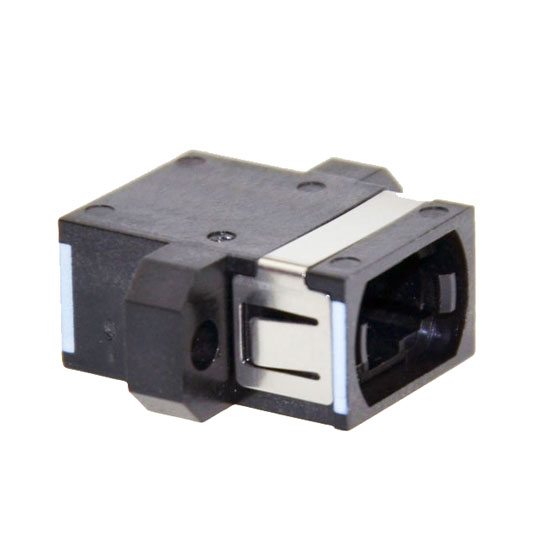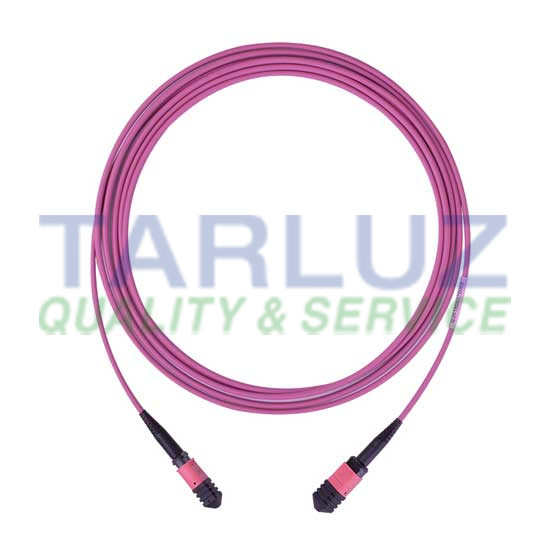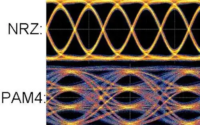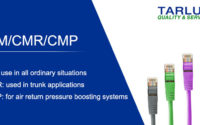How Adapters and Patch Cords Work Together?
In fiber optic communication, low-loss and accurate connections play a vital role in network performance. Two core components that enable these connections are fiber optic adapters and patch cords. When used together correctly, they ensure efficient signal transmission across a wide range of network environments.
What Is a Fiber Optic Adapter?
A fiber optic adapter joins two fiber connectors and keeps them aligned, allowing light signals to pass through with minimal loss. Network engineers often install these adapters in patch panels, cassettes, or wall enclosures.
Adapters come in different types based on:
Connector styles: LC, SC, FC, ST, MPO/MTP
Channel configurations: Simplex, duplex, quad, or multi-fiber
Polish finishes: PC, UPC, APC
MPO Adapters

MPO adapters connect multi-fiber MPO/MTP connectors, which typically handle 12, 24, or more fibers. They support parallel optical transmission and work especially well in high-density environments such as data centers and backbone systems. As a result, they are a key component in 40G, 100G, and 400G applications.
What Is a Patch Cord?
A patch cord is a pre-terminated fiber optic cable that links network devices, modules, or patch panels. Technicians rely on patch cords to provide flexible, low-loss connectivity.
Patch cords vary based on:
Connector types: LC, SC, FC, MPO
Fiber categories: OS2 (single-mode), OM3/OM4/OM5 (multimode)
Form factor: Simplex, duplex, ribbon
Jacket types: PVC, LSZH, armored
MPO 12-Fiber OM4 Patch Cord

For instance, an MPO 12-core OM4 multimode patch cord supports 40G or 100G high-speed connections over short distances. Each end includes an MPO/MTP connector that transmits 12 fibers simultaneously. Therefore, this type of patch cord is ideal for compact, high-bandwidth applications.
Working Together: Adapter + Patch Cord
When combined, adapters and patch cords create a stable, high-performance link.
Example Setup
A technician mounts an MPO adapter in a 1U patch panel. Next, they connect two MPO 12-fiber OM4 patch cords to each side. The adapter aligns the cores precisely, reducing signal loss. As a result, this configuration enables a 40G SR4 connection between switches or servers in a data center.
Best Practices
To maintain performance and reliability:
Manage MPO polarity properly using Type A, B, or C schemes.
Clean all end-faces before connecting, especially for MPO interfaces.
Ensure compatibility by matching fiber types and connector standards.
Verify connections using OTDR or power meters.
Moreover, organizing and labeling the links helps with future maintenance.
In Conclusion
Adapters and patch cords form the foundation of modern fiber networks. In high-density deployments, using MPO 12-fiber OM4 patch cords with MPO adapters enables scalable and high-speed connectivity. By applying best practices and understanding their interaction, technicians can build robust, future-proof networks that support evolving data demands.
More information Tarluz.
Patch Cords to Connect Inband Equipment to Structured Fiber Cabling


